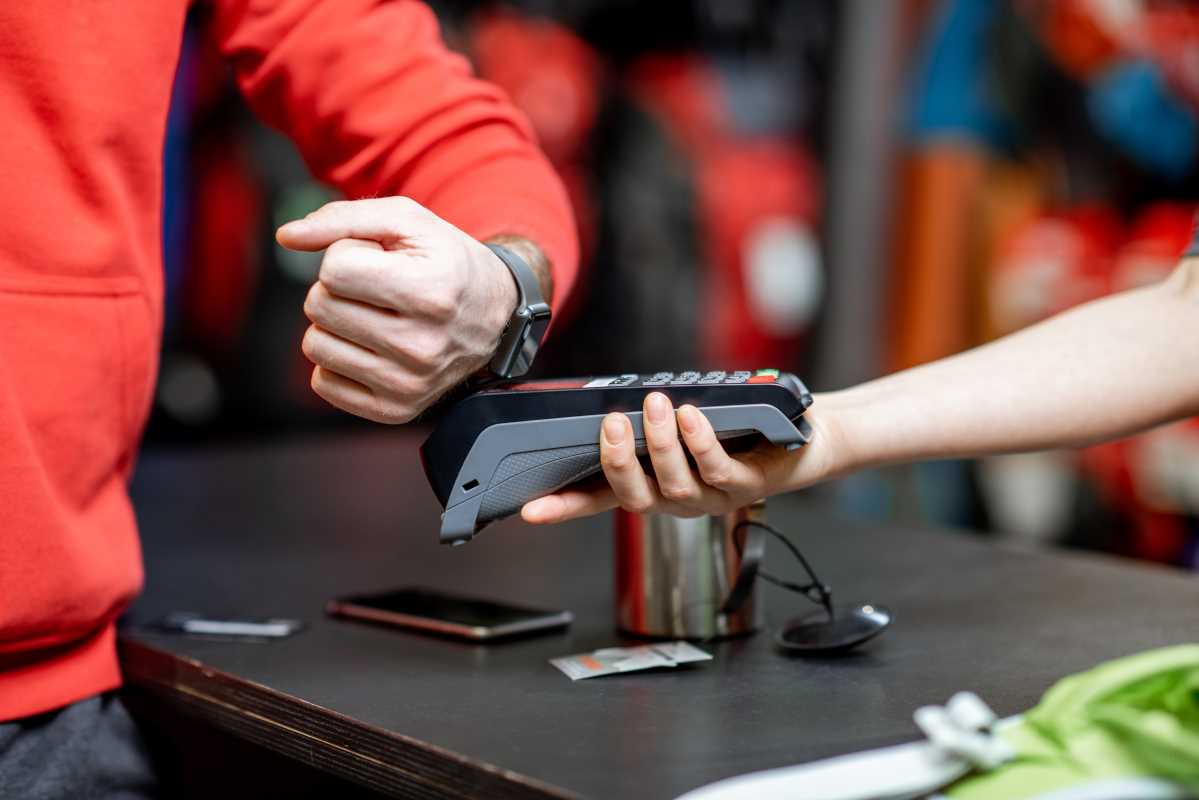Picture this: you’re shopping for a new couch online. Instead of guessing whether it’ll fit in your living room or match your decor, you just point your smartphone at the space, and voilà! The couch appears in your room virtually, showing you exactly how it looks in real time. That’s the power of augmented reality (AR) in online shopping. What was once a futuristic concept is now shaping the way we shop and interact with products online.
Augmented reality overlays digital images, information, and objects onto the real world, blending the physical and virtual seamlessly. While AR has long been associated with gaming and entertainment, it’s now transforming e-commerce in exciting ways. From trying on clothes virtually to visualizing furniture in your home, AR makes online shopping more interactive, personalized, and convenient than ever before. But how exactly does it work, and why is it changing the game for consumers and businesses alike? Let’s explore.
What Is Augmented Reality?
To understand how AR is revolutionizing online shopping, it helps to know what it is. Augmented reality combines real-world views with computer-generated elements. Unlike virtual reality (VR), which immerses you entirely in a digital environment, AR enhances your actual surroundings by layering virtual items or information over them. You might use your phone, tablet, or AR-enabled glasses to access these features.
How AR Works
AR systems use a combination of technologies to function. They rely on cameras, sensors, and positional tracking to detect objects and spaces in the real world. Then, software generates digital overlays that match these real-world elements. For example, when you use an app to see how a lamp would look on your desk, the AR tool calculates the size and placement of the desk via your camera and positions the virtual lamp on top of it.
E-commerce platforms integrate AR into mobile apps or websites, allowing users to interact with products in an entirely new way. And this shift isn’t just a gimmick; it’s addressing key challenges of online shopping, like uncertainty about a product’s fit, look, or usability.
Why AR Is a Game-Changer for Online Shopping
Traditional online shopping often leaves consumers second-guessing their choices. Will these shoes fit? Will this lipstick complement my skin tone? Augmented reality answers these questions by offering a “try-before-you-buy” experience—even from the comfort of your home.
Solving the Fit and Visualization Problems
AR provides tools that help customers assess products before purchasing. For instance:
- Apparel brands like Zara and ASOS now offer virtual try-on features that show how clothes fit on a digital version of your body.
- Beauty brands like Sephora use AR-powered apps to allow users to test different makeup shades virtually, eliminating the guesswork of buying cosmetics online.
By reducing uncertainties, AR makes the shopping experience more satisfying and reduces the risk of returns, often caused by products not meeting expectations.
Increasing Confidence and Engagement
AR experiences are interactive and engaging, which encourages customers to spend more time exploring products. Someone shopping for glasses, for example, might use brands like Warby Parker to virtually “try on” frames. This feature not only improves confidence in their purchase but also makes the process fun and memorable.
Additionally, retailers can combine AR visuals with product information. For instance, customers looking at a virtual chair in their space could also see data about its material, dimensions, and price, helping them make informed decisions faster.
Use Cases of AR in Online Shopping
AR isn’t a one-size-fits-all solution. Different industries are leveraging it in unique ways to cater to their audiences. Here are some of the most exciting applications:
Home Decor and Furniture
Trying to imagine how furniture will fit or look in your home can be tricky. AR solves this by letting you see a piece of furniture in your actual space. Companies like IKEA and Wayfair have developed AR-powered apps that allow users to place virtual furniture in their rooms to see how it fits and complements their style. IKEA’s app even lets you rotate items and view them from different angles for an accurate perspective.
Fashion and Accessories
The fashion industry is one of the biggest adopters of AR technology. Virtual fitting rooms are becoming a staple, offering tools that show how clothes will fit or how shoes will look. Nike’s AR feature, for instance, lets you measure your feet using your phone to determine the right size. Similarly, Gucci provides virtual try-ons for sneakers through its app, making the process both efficient and entertaining.
Beauty and Cosmetics
Shopping for beauty products online can feel like a gamble. Will a lipstick shade clash with your complexion? Is this foundation too light or dark? AR-powered apps from beauty brands like L’Oréal and Sephora solve these problems by offering virtual makeup try-ons. Using your phone’s camera, the app overlays different makeup products directly onto your face, letting you see the results instantly.
Eyewear
Eyewear brands like Warby Parker use AR apps to streamline the process of finding the perfect fit for glasses. Customers simply upload a selfie or use their camera to virtually try on different frames in real-time. This eliminates the hassle of guessing which glasses suit your face shape or returning ill-fitting pairs.
Jewelry
Luxury brands are also adopting AR, particularly in jewelry. For instance, Cartier and De Beers have introduced AR tools to help customers visualize how rings, bracelets, or watches look when worn. Whether you're shopping for a wedding ring or a necklace, AR enhances the experience by helping you make a confident choice.
Benefits of AR for Businesses and Consumers
Augmented reality isn’t just great for consumers; it’s also a huge win for businesses. Companies that adopt AR tools see benefits ranging from improved sales to stronger customer loyalty. Here’s why:
Enhanced Customer Experience
AR makes online shopping personal and interactive. Customers feel more confident in their choices, and this leads to a more satisfying shopping experience. Happy customers are more likely to return and recommend brands to friends.
Reduced Returns
One of the biggest challenges for e-commerce businesses is handling returns, which cost significant time and money. AR minimizes this issue by showing customers exactly what they’re getting. For example, furniture retailers using AR might see fewer returns because buyers can confirm items fit their space before purchasing.
Standing Out in a Competitive Market
AR gives brands a significant edge in a crowded e-commerce landscape. It creates a unique selling proposition and positions companies as tech-savvy innovators. Retailers that offer AR experiences stand out to customers who value convenience, reliability, and novelty.
Challenges and Limitations of AR in E-Commerce
Despite all the benefits, AR in online shopping isn’t without challenges. Developing AR tools can be expensive, and smaller businesses may struggle to adopt the technology. Additionally, not all customers own AR-capable devices or understand how to use them, which could exclude some audiences.
There’s also the challenge of accuracy. For instance, while AR apps are excellent at estimating fits and placements, inaccuracies can occur if room measurements or body scans are slightly off. This means brands must continue investing in improving the underlying technology.
 (Image via
(Image via





